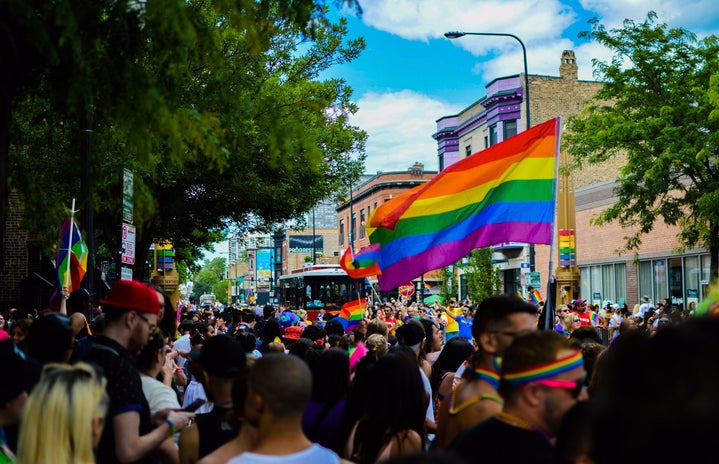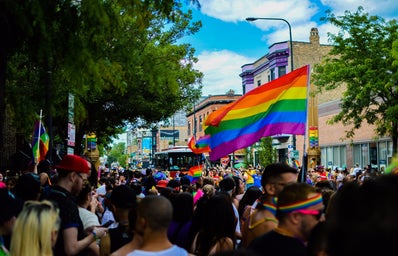Like many other major cities around the world, Toronto is one with a wide array of cultures and history. Queer history in Toronto’s gay village is a rich and active community that all Toronto residents should know about.
Cris Nippard, the outreach lead of The Queer Space at Toronto Metropolitan University (TMU), highlighted the importance of learning about the rich history of queer people both in Toronto and across the world.
“Learning about the history of all marginalized communities is one way of preventing further trauma and paying reparations for the harm [that’ve] been caused by society.” Nippard told Her Campus Toronto MU in an email.
“By teaching queer education, understanding is given the opportunity to overpower ignorance,” said the first-year journalism student, emphasizing the importance of learning about queer history, life and culture.
As you read along, you can introduce yourself to the events and locations that make up Toronto’s vibrant LGBTQ+ history.
- The 519 Community Centre
-
Founded in 1979 in the Gay Village, the 519 Community Centre has evolved into a cornerstone of LGBTQ+ support and advocacy. Over the years, it has facilitated crucial services and milestones, from hosting the first gay youth group activities to sheltering advocacy groups during crises such as the bathhouse raids.
From its inception to today, the 519 has been actively involved in countless wins for gay rights across Canada and Toronto. Notable initiatives include the Hassle-Free Clinic’s creation in 1984 and the founding of the 1988 Meal Trans Programme, the first trans-only program offering food to low-income individuals in the Village.
The centre’s impact extends beyond local communities, as seen in its hosting of Pride House Toronto during the 2015 Pan American and Parapan American Games, promoting LGBTQ+ inclusivity on a global stage. The 519 has become a safe space for LGBTQ+ people across Toronto, advocating for the rights and well-being of all queer people.
- Pride Picnic at Hanlan’s Point
-
Toronto’s Pride is one of the largest parades of its kind in North America. However, it began through several protests and events during the ’70s that helped build the queer community, allowing them to rally against anti-queer legislation and bigotry across Canada.
One of the events that led to Pride, as we know it today, is the Gay Picnic held on the beach at Hanlan’s Point. It was first initiated on Aug. 1, 1971, decorated with rainbow flags and banners, the event symbolized the beginning of a larger movement.
The following year, Toronto held its inaugural Pride Week, building upon the momentum of the picnic. These early Pride events faced challenges, as the city was reluctant to grant permits for official marches or protests. Protestors marched along sidewalks, and over time, Pride Week grew in size and recognition to what it is today.
- The First Trans Festival
-
While the LGBTQ+ community has become more inclusive to a wide range of identities, there have been many instances where groups within the queer community have been ignored and erased. The trans community continues to face a unique set of challenges when compared to other individuals in the community.
However, there is also a large and long history of trans-activism and allyship across Toronto, including the city’s first trans festival in 1977. Founded by artist and activist Mirha-Soleil Ross, the series of festivals aimed to recognize the unique and vivid culture and condition of transgender people.
While many queer events were focused on gay men and lesbians, the artists involved in the event wanted to highlight art made by trans people and emphasize the beauty of the trans identity.
While these locations and events play a large role in Toronto’s queer culture, there is a wide range of events, people, places, and protests that have paved the way for artists and activists today.
From the pioneering efforts of institutions like the 519 Community Centre to the grassroots activism embodied by events like the Pride Picnic at Hanlan’s Point and the first trans-festival, each chapter emphasizes the resilience and diversity of Toronto’s queer community.
For more information, websites such as GraceMed, QueerEvents.ca, and IN Magazine can provide more information on queer activists, events, and resources throughout the city, allowing you to learn more about Toronto’s rich LGBTQ+ history.


